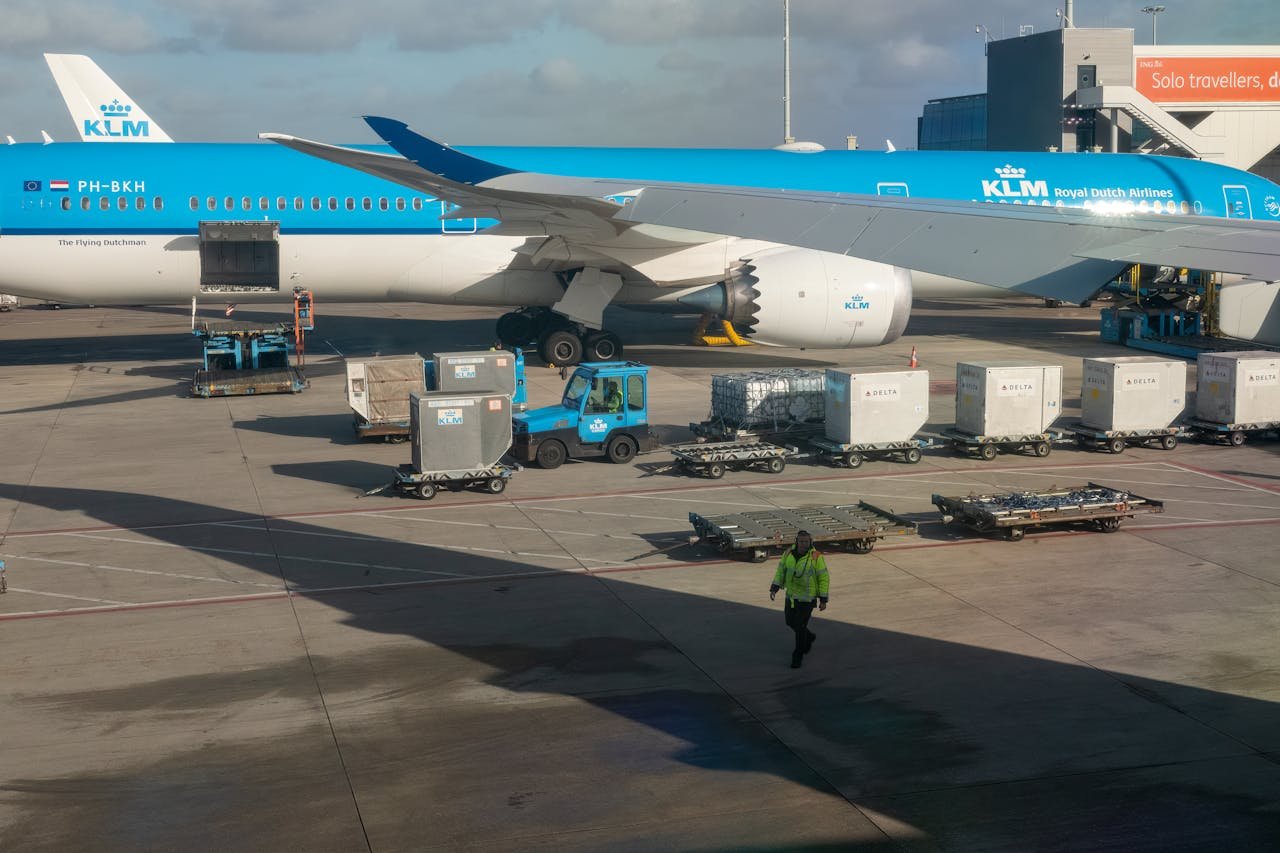Airport energy innovation isn't about flashy gadgets - it's a fundamental rethinking of power management.

Airports worldwide are tackling energy costs head-on through intelligent power solutions. By reimagining traditional energy systems, transportation hubs slash operational expenses while maintaining seamless travel experiences. From runway lighting to terminal operations, smarter energy management proves crucial. Four key strategies emerge as game-changers - optimized infrastructure, predictive maintenance, renewable integration, and smart grid technologies. These approaches don't just cut costs; they redefine how airports function in an eco-conscious era.
Modern airports ditch outdated systems for adaptive power networks that respond to real-time demands. Motion-sensitive LED arrays now replace static lighting in low-traffic areas, dimming automatically when spaces sit empty. Smart HVACs use weather details and how people move to change temps in small areas, instead of cooling big spaces. Also, thermal cameras spot when machines get too hot, which helps avoid big repair costs. And, electrical areas have new transformers that keep power use steady across spots, so there are no power jumps when lots of energy is used. These changes ensure systems run better. These upgrades often pay for themselves within 18-24 months through reduced consumption.
Some facilities implement conductive concrete in tarmacs, capturing static electricity from landing gear friction. Others install piezoelectric walkways that convert foot traffic into terminal lighting power. While initial investments seem steep, long-term savings justify the infrastructure shifts. The real magic happens when systems communicate. Lighting coordinates with flight schedules - runway LEDs brighten precisely as wheels touch down. Escalators ramp up speed only when sensors detect approaching crowds. This synchronized approach eliminates wasteful energy overlaps.
Artificial intelligence transforms equipment upkeep from reactive to proactive. Vibration sensors on baggage carousels predict bearing failures weeks in advance, scheduling repairs during off-peak hours. Hydraulic systems in jet bridges self-diagnose fluid leaks through pressure algorithms, triggering maintenance alerts before operational disruptions. Cloud-based platforms analyze historical power usage to forecast future demand spikes. This allows airports to temporarily switch auxiliary systems to backup power during expensive peak rate periods. Some facilities achieve 30% cost reductions simply by avoiding utility surcharges.
Drones equipped with thermal cameras nightly inspect miles of perimeter fencing and runway lights. They identify failing components before human crews would notice, preventing costly midnight repair call-outs. This technology particularly benefits sprawling international hubs with vast infrastructure to monitor. Machine learning algorithms now optimize replacement cycles for critical components. Rather than following rigid schedules, systems replace parts based on actual wear-and-tear data. This approach extends equipment lifespan while preventing catastrophic failures that ground operations.
Solar farms built on unused land between runways now power entire cargo facilities. Denver International Airport's 56,000-panel array generates enough electricity for 2,500 homes annually. Airports in sunny climates experiment with photovoltaic glass in control tower windows, harvesting energy without compromising visibility. Geothermal systems leverage stable underground temperatures to heat/cool terminals. Dallas Fort Worth's installation slashes HVAC costs by 20% while reducing strain on municipal power grids during extreme weather. Some coastal airports harness tidal energy through underwater turbines in nearby waterways.
Wind turbines integrated into parking structures double as both power sources and shade providers. Their vertical-axis designs minimize bird strike risks while capitalizing on constant wind patterns around open tarmac areas. Excess energy gets stored in massive battery arrays for nighttime use. Biofuel initiatives convert food waste from airport restaurants into clean energy. San Francisco International's digestion system processes 10,000 tons annually, powering airport vehicles and reducing landfill costs. These closed-loop systems turn operational byproducts into assets rather than expenses.
Next-gen microgrids enable airports to operate independently during regional outages. These self-healing networks automatically reroute power around damaged lines, keeping critical systems online. During normal operations, they balance energy draws between terminals, hangars, and airfield facilities. Aircraft ground power units undergo radical transformations. Traditional diesel-powered GPUs get replaced with electric alternatives that plug directly into terminal power supplies. New models feature automatic shutoff when planes switch to auxiliary power, eliminating idle energy waste.
Solar-powered mobile charging stations now service electric baggage tugs and personnel carriers. Operators simply swap depleted batteries at solar kiosks rather than waiting hours for conventional charging. This innovation keeps ground crews constantly operational without power downtime. Real-time energy dashboards display consumption across all systems, allowing managers to spot anomalies instantly. Some airports gamify energy savings - terminal retailers compete for efficiency bonuses, fostering collective cost-cutting efforts. This transparency drives accountability across all operational levels.
Airport energy innovation isn't about flashy gadgets - it's a fundamental rethinking of power management. Through intelligent systems integration and sustainable practices, transportation hubs achieve unprecedented cost efficiencies. The strategies outlined demonstrate how proactive energy stewardship benefits both budgets and the environment. As technology advances, airports will continue leading the charge in large-scale power optimization, setting benchmarks for other industries to follow.
Sources:
Photo Credit: Pixels
You must be logged in to post a comment.
